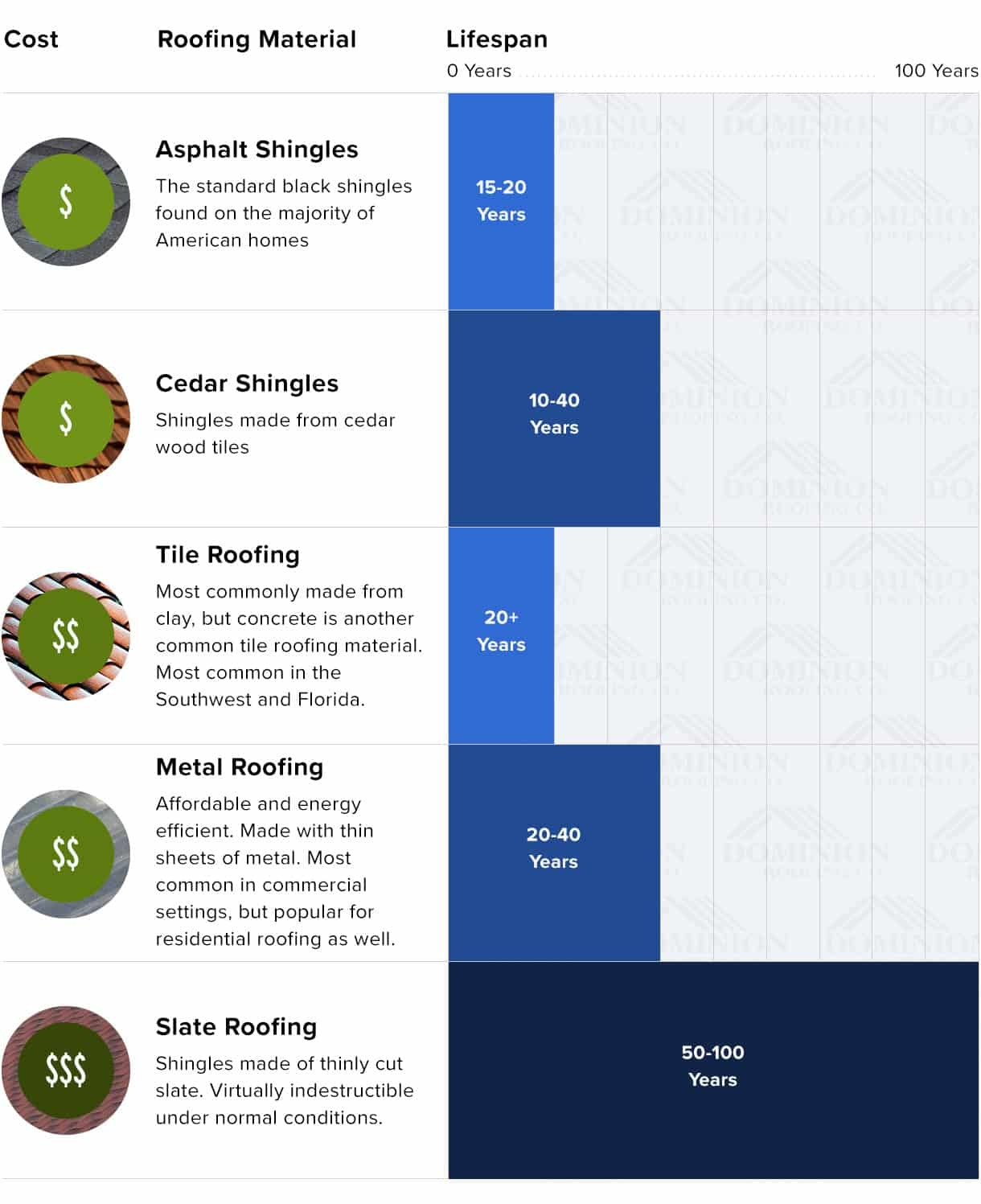Regular Roof Covering Setup Mistakes And Tips For Preventing Them
Regular Roof Covering Setup Mistakes And Tips For Preventing Them
Blog Article
Team Writer-Parsons Thybo
When you're planning a roof covering installation, it's easy to ignore critical information that can result in substantial issues down the line. You might be lured to cut corners on product option or miss correct blinking setup, yet these typical errors can result in expensive repair work later on. Understanding the relevance of air flow and sticking to neighborhood building ordinance is crucial for an effective project. So, what are the key steps you should require to ensure your roofing system stands the test of time? Let's check out some reliable techniques to stay clear of these challenges.
Poor Product Option
When it comes to roof installation, picking the incorrect materials can cause expensive troubles down the line. You might believe that any type of roof covering product will certainly do, yet that's a common misconception. It's critical to pick products that suit your regional environment and the certain needs of your home.
For example, if you stay in an area with hefty rain or snow, going with asphalt roof shingles may not be the very best choice. Rather, think about more durable choices like metal or slate.
Furthermore, pay attention to the quality of the materials you're thinking about. Low-cost materials could conserve you money upfront, but they usually lack long life and can cause regular repair work or substitutes.
You ought to also think about the style of your home and ensure the materials you select will maintain its aesthetic allure.
Ultimately, do not neglect to talk to professionals. They can supply important insights and recommend products that follow neighborhood building regulations.
Investing time in appropriate product option now can aid you avoid migraines and expenditures in the future, making your roof job a success.
Inadequate Flashing Installment
Choosing the best products isn't the only variable that can bring about roof covering issues; inadequate flashing installation can likewise produce significant issues. Flashing is critical for directing water away from prone areas, such as smokeshafts, skylights, and roofing system valleys. If https://tinroofing06272.qodsblog.com/33963736/how-substantially-can-eco-friendly-roof-options-lower-your-prices-and-improve-the-general-value-of-your-property 's not mounted effectively, you take the chance of water invasion, which can cause mold and mildew development and structural damage.
When you mount blinking, ensure it's the ideal type for your roof covering's layout and the regional climate. For instance, metal flashing is frequently more sturdy than plastic in locations with hefty rain or snow. See to it the flashing overlaps appropriately and is secured snugly to avoid gaps where water can seep with.
You must also pay attention to the installment angle. Blinking https://tadlock-roofing84950.luwebs.com/34622686/roofing-prices-described-key-insights-for-homeowners to be positioned to direct water away from the house, not towards it.
If you're not sure about the installation process or the materials required, get in touch with a professional. They can assist determine the best flashing alternatives and make certain whatever is installed correctly, securing your home from potential water damages.
Taking these actions can save you time, money, and headaches in the future.
Neglecting Ventilation Demands
While lots of home owners concentrate on the visual and architectural facets of roofing installation, disregarding ventilation demands can cause major lasting repercussions. tile installation san antonio is vital for regulating temperature and moisture levels in your attic room, stopping concerns like mold and mildew growth, timber rot, and ice dams. If you do not install adequate ventilation, you're establishing your roofing system up for failing.
To prevent this blunder, initially, analyze your home's certain air flow demands. A balanced system commonly consists of both consumption and exhaust vents to advertise air movement. Guarantee you've installed soffit vents along the eaves and ridge vents at the peak of your roof. This mix allows hot air to escape while cooler air enters, maintaining your attic room area comfy.
Also, consider the sort of roof covering product you've selected. Some products might require added ventilation strategies. Ascertain your regional building ordinance for ventilation standards, as they can vary considerably.
Ultimately, don't forget to examine your air flow system frequently. Obstructions from particles or insulation can hamper airflow, so maintain those vents clear.
Final thought
Finally, preventing typical roofing system installment blunders is key to ensuring your roofing system's long life and efficiency. By choosing the ideal products for your environment, mounting blinking correctly, and addressing air flow requirements, you can avoid expensive issues later on. Do not forget to familiarize on your own with regional building regulations and timetable routine assessments. With these steps, you'll delight in a safe, durable roof covering that shields your home for years to come. Happy roofing!
